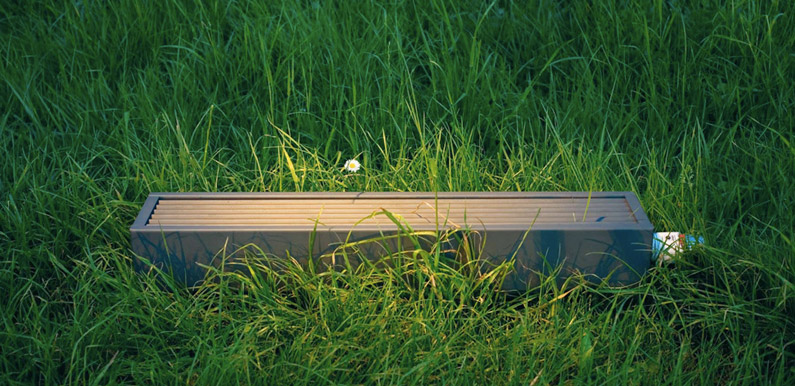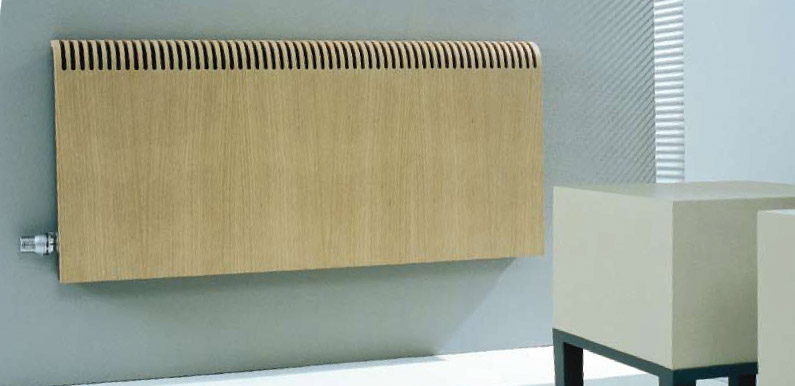- Thermodynamic Solar Energy
- Intelligent Climate-Control Systems
- Low-Temperature Heating Systems
- Purification Kit
Condensing Boilers
The concept of condensation, as with the majority of good ideas, is very simple: unlike conventional boilers that allow exhaust gases to freely escape into the atmosphere, which are hot and contain polluting emissions, condensing boilers use this heat to their advantage, transferring it to the potable hot water or heating systems.
Savings
Energy savings here are nothing to scoff at. We’re talking about 540 Kcal per liter of water, which is less than the latent heat of water vapor in suspension contained in combustion gases. If a condensing boiler that is fully operational produces 2 liters of condensation per hour, it means that we have secured an extra contribution to energy resources to the tune of 2×540 = 1,080 Kcal.
When referring to the boilers’ contribution of the lower heating value (LHV) of the fuel that is used, we’ll always have yields that are greater than 100% over other condensation devices. These boilers can be operated in many different ways, which enables a much more precise adjustment of the power that they supply, and which, for the user, will translate into stability of temperature, as much for potable hot water as for heating purposes, without continual start-ups and stops. Moreover, the possibility for operating at very low temperatures in conjunction with ground-heating device and other radiant heat sources allows for better heating system comfort levels.
The condensation system allows perfect equilibrium with the environment. Thanks to the exchanger-condenser and the pre-mix burner, a very high quality combustion process is achieved, reducing CO2 emissions to a minimum or even zero due to the precise configuration of gas/oxygen levels. It also allows for reducing nitrogen oxide emissions due to the lower flame temperature and lower C02 levels resulting in more efficient performance, and therefore lesser consumption.
Low-Temperature Radiators
Low-temperature radiators are similar to conventional radiators although they work in a different way (fan-coil style hot air emission). They have the advantage that they can operate at low temperatures (45°C and 50°C), working effectively and achieving the same effect as conventional radiators. They also have the advantage that they can be suited to preexisting water channeling systems, easing their installation. We’re dealing with a new standard for sustainable heating systems that guarantees approximate energy savings of 12% over traditional radiators. Moreover, the Jaga Energy Savers radiators not only guarantee cost savings, they also guarantee environmental preservation. For each building, they reduce emitted CO2 by up to a ton, thus expediting the fulfillment of the Kyoto Protocol.
Something that Energy Savers don’t economize on is comfort. The innovative Low-H2O heat exchanger, with a low water content and small mass, warms much more quickly and uniformly, assuring that rooms are always kept at an ideal temperature, minimizing the emission of gases that damage the atmosphere.
Renewable Energy Efficiency
- Thermodynamic Solar Energy
- Intelligent Climate-Control Systems
- Low-Temperature Heating Systems
- Purification Kit


